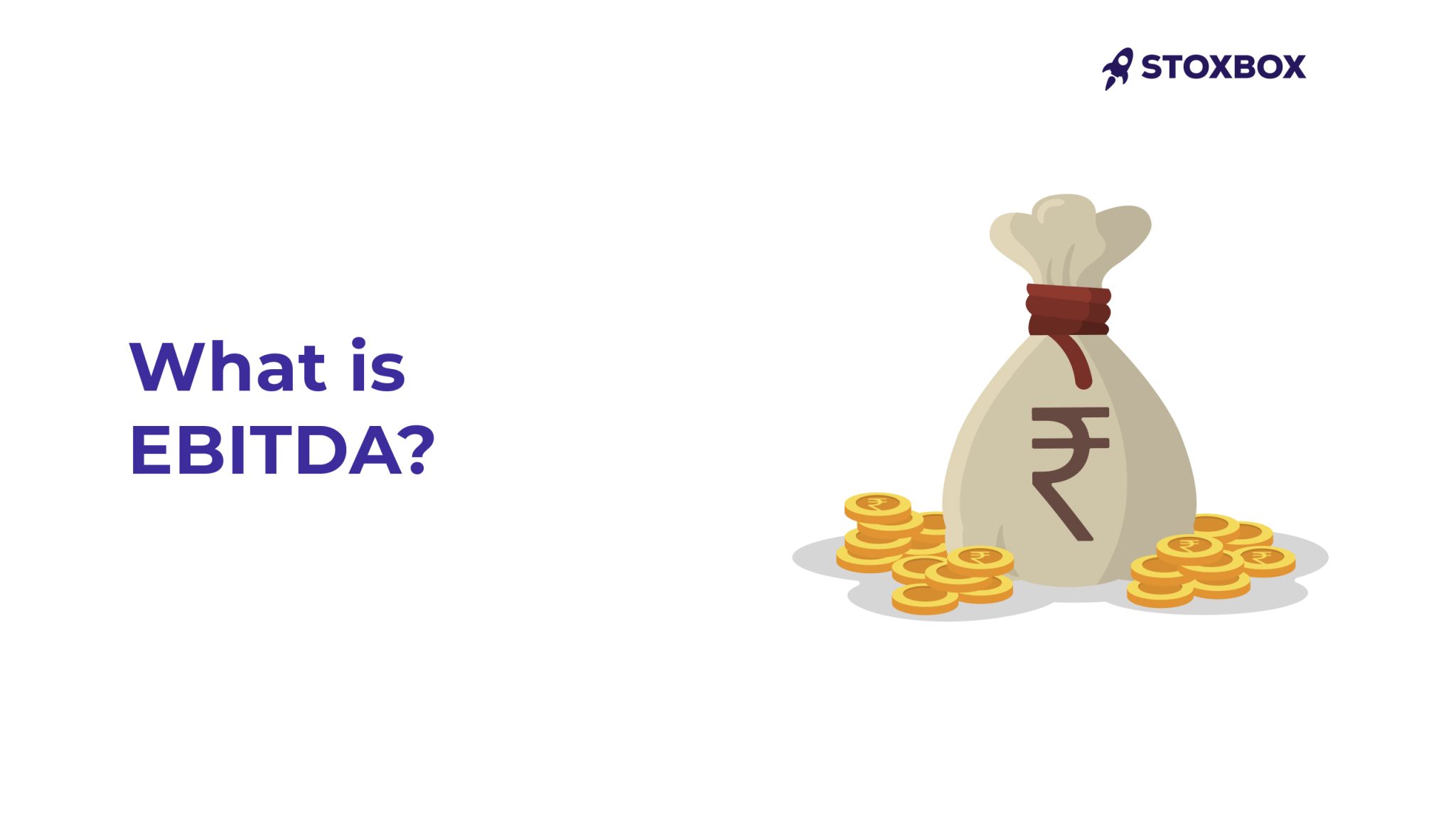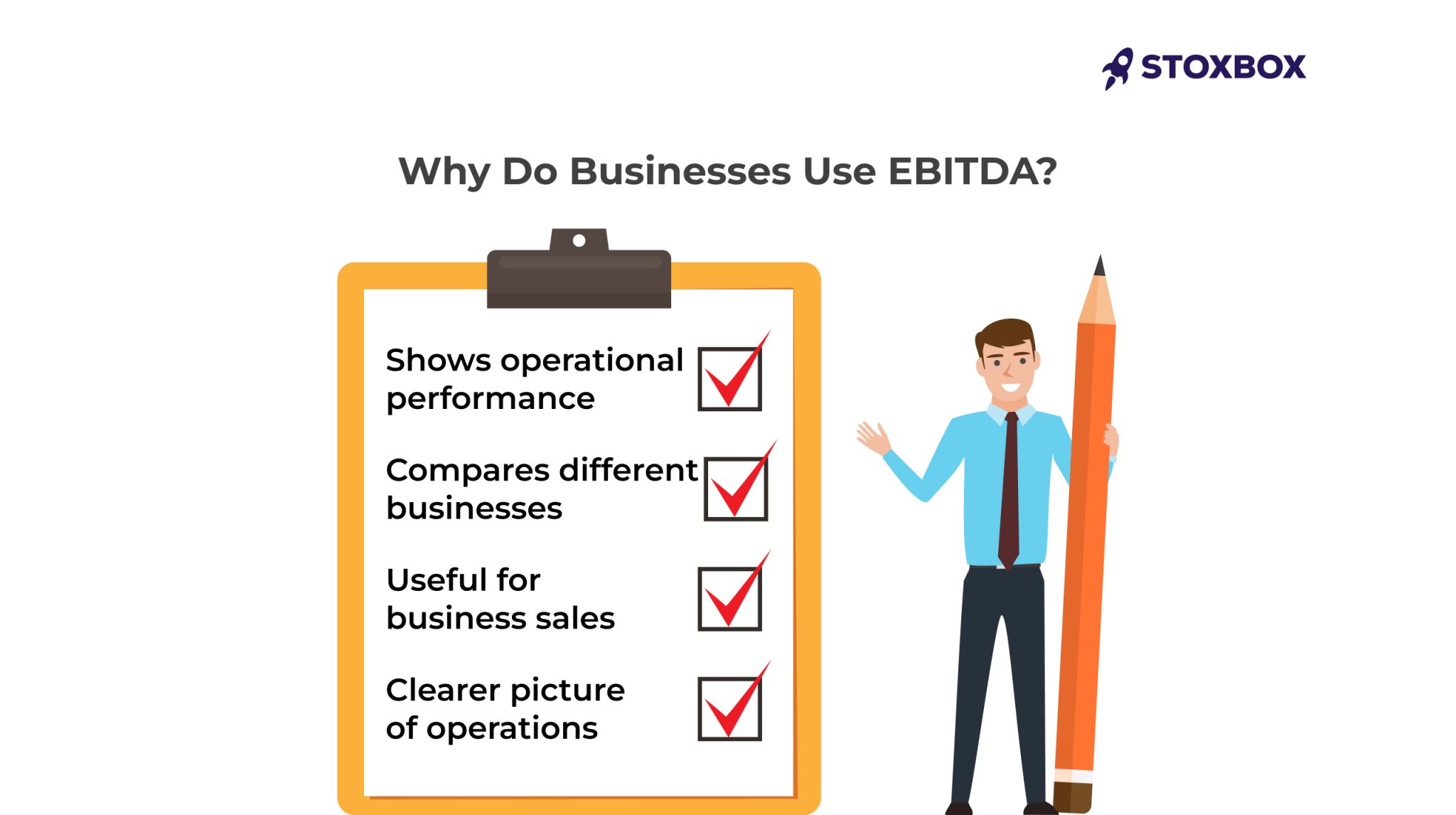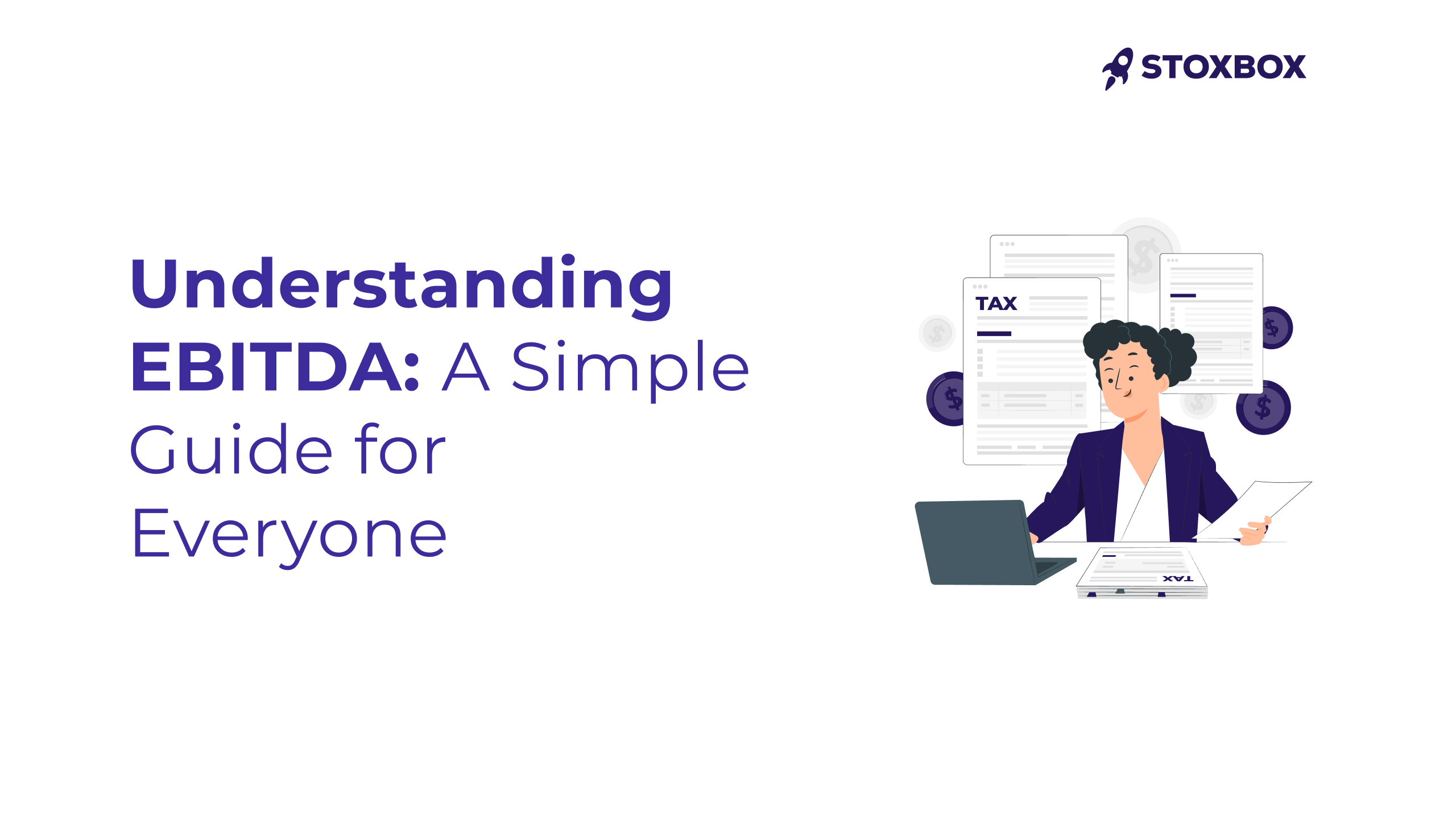Ever looked at a company’s financial report and felt lost in the jargon? You’re not alone. One term that often appears is “EBITDA,” which sounds complicated but is actually a useful way to understand how well a business is performing. Let’s break it down in simple terms.
What is EBITDA?

EBITDA stands for “Earnings Before Interest, Taxes, Depreciation, and Amortization.” Think of it as looking at a company’s profits before certain expenses are taken out.
It’s like checking how much money your lemonade stand makes before paying for the permit (taxes), the loan on your juicer (interest), or accounting for how that juicer loses value over time (depreciation).
EBITDA helps us see how good a business is at its main job – making money from its day-to-day operations – without other financial complications.
Breaking Down the EBITDA Formula
The formula is simply adding back certain costs to a company’s earnings:
EBITDA = Profit after tax (Earnings) + Interest + Taxes + Depreciation + Amortization
Imagine your friend Priya owns a small restaurant in Mumbai:
- Earnings: Her restaurant makes ₹10 lakhs in profit for the year.
- Interest: She pays ₹3 lakhs in interest on a loan.
- Taxes: She pays ₹4 lakhs in income taxes.
- Depreciation: Her equipment loses about ₹7 lakhs in value yearly.
- Amortization: Her Software (intangible asset) will depreciate at a rate of ₹1 lakh per year.
To find her EBITDA: ₹10 lakhs + ₹3 lakhs + ₹4 lakhs + ₹7 lakhs + ₹1 lakh = ₹25 lakhs
This means Priya’s restaurant generates ₹25 lakhs from its main operations before these other factors.
Why Do Businesses Use EBITDA?

EBITDA has become popular for good reasons:
- Shows operational performance: It tells you how good a business is at its main activity, like how well a restaurant serves food, rather than how it manages loans.
- Compares different businesses: Two restaurants might have different loan amounts or tax situations, but EBITDA helps compare how well they actually operate.
- Useful for business sales: If you’re buying Priya’s restaurant, you might care more about how well it serves customers than about her specific loans.
- Clearer picture of operations: While not perfect, EBITDA often gives a better idea of operational performance than just looking at profits.
Is EBITDA better than profit?
Not necessarily – they show different things. Profit shows what’s left after everything is paid. EBITDA shows how well the core business runs.
Where EBITDA Can Be Misleading?
Relying on EBITDA alone can be like checking only your car’s speed without looking at the fuel gauge:
- Ignores necessary investments: EBITDA doesn’t account for money needed for new equipment. A restaurant might have great EBITDA but need to replace expensive kitchen equipment soon.
- Doesn’t show debt burden: A business might look healthy based on EBITDA but be struggling with loan payments.
- Overlooks day-to-day cash needs: Changes in inventory or customer payment timing affect cash flow but don’t show up in EBITDA.
Consider a popular Indian app showing a strong EBITDA of ₹50 crores but spending ₹70 crores yearly on development. EBITDA wouldn’t reveal this crucial expense
EBITDA vs Other Profit Metrics

| Metric | What It Shows | When It's Useful |
|---|---|---|
| EBITDA | Operational performance before financing and accounting impacts | Comparing businesses with different loan, tax, and depreciation situations |
| Net Profit | Final earnings after all expenses | Understanding what’s actually left for owners after all costs are deducted |
| Operating Income | Profit from core business activities | Assessing the performance of the company’s primary operations |
| Free Cash Flow | Actual cash generated after all spending | Evaluating the cash available for reinvestment or distribution |
How to Calculate EBITDA: Step-by-Step
Let’s calculate EBITDA for Priya’s restaurant:
1.Start with net income: ₹10,00,000
2.Add interest paid: ₹3,00,000
3.Add taxes paid: ₹4,00,000
4.Add depreciation: ₹7,00,000
5.Add amortization: ₹1,00,000
EBITDA = ₹25,00,000
There’s a shortcut too:
- Operating profit: ₹17,00,000 (profit before interest and taxes)
- Add depreciation and amortization: ₹8,00,000
- EBITDA = ₹25,00,000
When Should You Use EBITDA?
- When comparing two similar businesses with different levels of borrowing.
- When looking at a business for purchase.
- When a business is improving operations but dealing with old debts.
- When a company has a lot of equipment that depreciates on paper.
When EBITDA isn't helpful:
- When a business needs to replace its equipment frequently
- When a company has a large amount of debt.
- For predicting actual cash flow
For small business owners in India, EBITDA is useful when talking to investors, but daily cash monitoring is usually more important.
EBITDA in Financial Ratios
Two common ratios use EBITDA:
- EV/EBITDA: This ratio shows a company’s value including debt compared to its EBITDA. A lower number may mean better value. Most Indian companies have ratios between 6-12.
- EBITDA Margin: It measures the proportion of revenue which is EBITDA. If Priya’s restaurant makes sales of ₹1 crore and has EBITDA of ₹25 lakhs, her margin is 25%.
EBITDA Across Different Industries
- Technology Companies (TCS, Infosys): EBITDA is appropriate as they have high R&D costs spread over time.
- Manufacturing (Tata Steel): The use of EBITDA can be misleading as these companies have to invest in machinery continuously.
- Service Businesses (Urban Company): EBITDA is more relevant as they need less ongoing equipment investment.
- Real Estate (DLF): Developers use a modified version of EBITDA for their unique business model.
Final Thoughts: Should You Rely on EBITDA?
The use of EBITDA is like checking only the pulse when evaluating the health of a company useful but not the full picture.
The best approach is to use EBITDA along with other measures like net profit, cash flow and return on investment. This gives you a much more comprehensive view of the financial health of the company.
Whether you are running a small shop or thinking of investment, EBITDA gives you an idea of the operational performance, but always look at the bigger financial picture.
Frequently Asked Questions
1. What is EBITDA?
EBITDA stands for Earnings Before Interest, Taxes, Depreciation, and Amortization. It is a way of measuring the operating performance of a company.
2. Is EBITDA the same as profit?
No, they are different. EBITDA shows earnings from operations before certain costs, while profit (net income) is what remains after all costs are paid.
3. How is EBITDA different from net income?
EBITDA excludes interest, taxes, depreciation and amortization expenses, while net income includes all these expenses.
4. Why do investors care about EBITDA?
Investors use EBITDA to compare how well the core operations of different companies are performing, regardless of their debt levels or tax situations.
5. Is high EBITDA always good?
Not always. A high EBITDA is good from an operations perspective, but it doesn’t tell you about debt repayments, equipment needs, or cash flow problems.
6. Can EBITDA be negative?
Yes, if the company is not generating enough from its core operations to cover the basic costs of running the business, EBITDA can be negative.
7. Does EBITDA show cash flow?
No, EBITDA is not a true cash flow measure because it does not account for changes in inventory, customer payments, or equipment purchases.
8. Should small business owners in India use EBITDA?
It can be helpful when seeking investors or loans, but for day-to-day business operations, tracking actual cash flow is usually more important.
